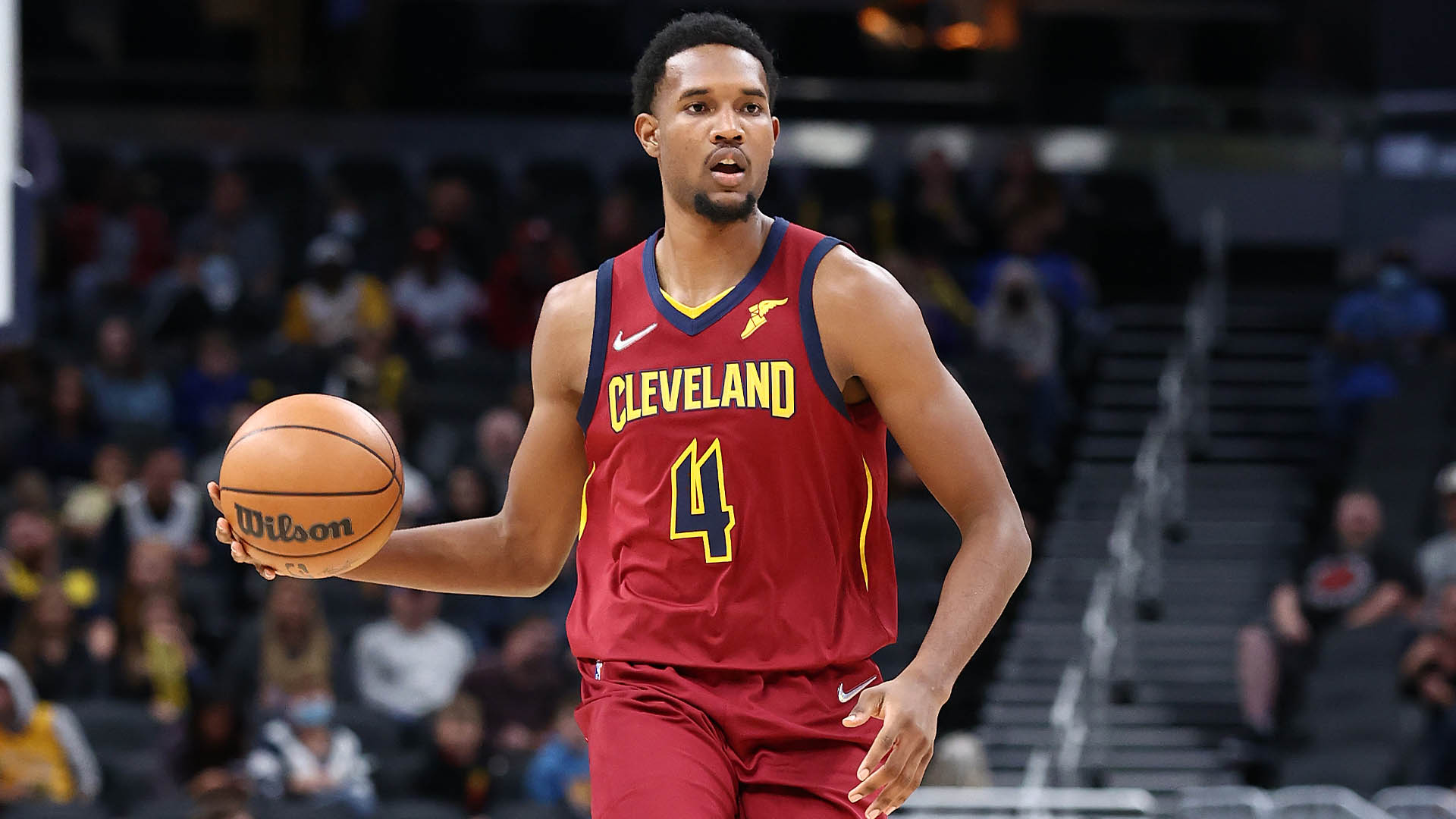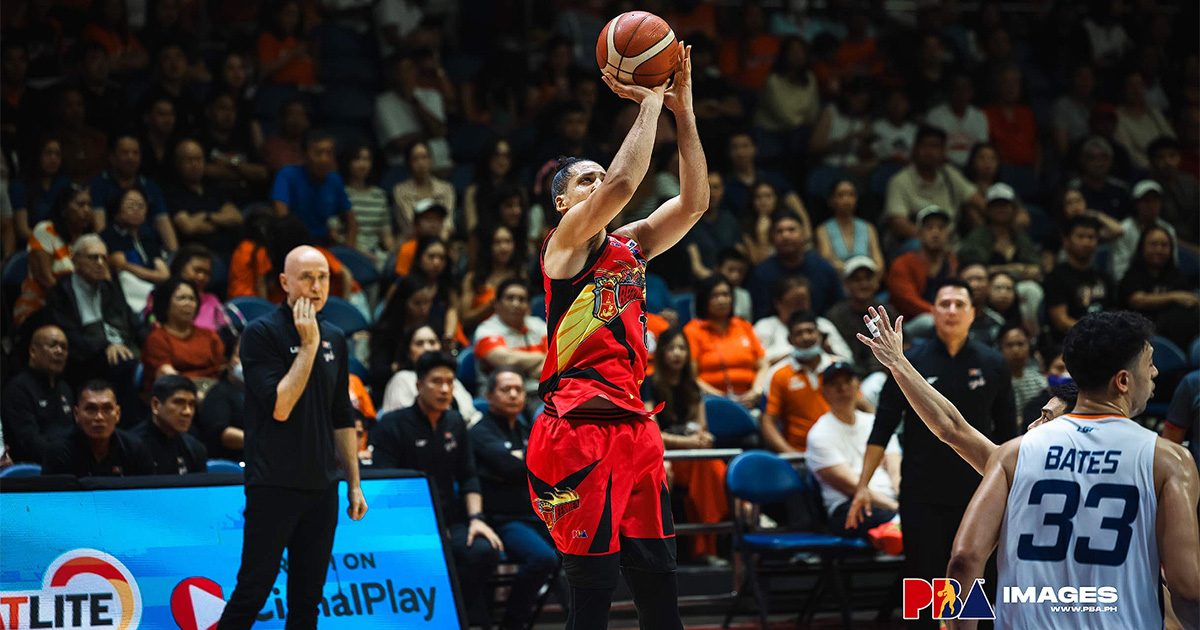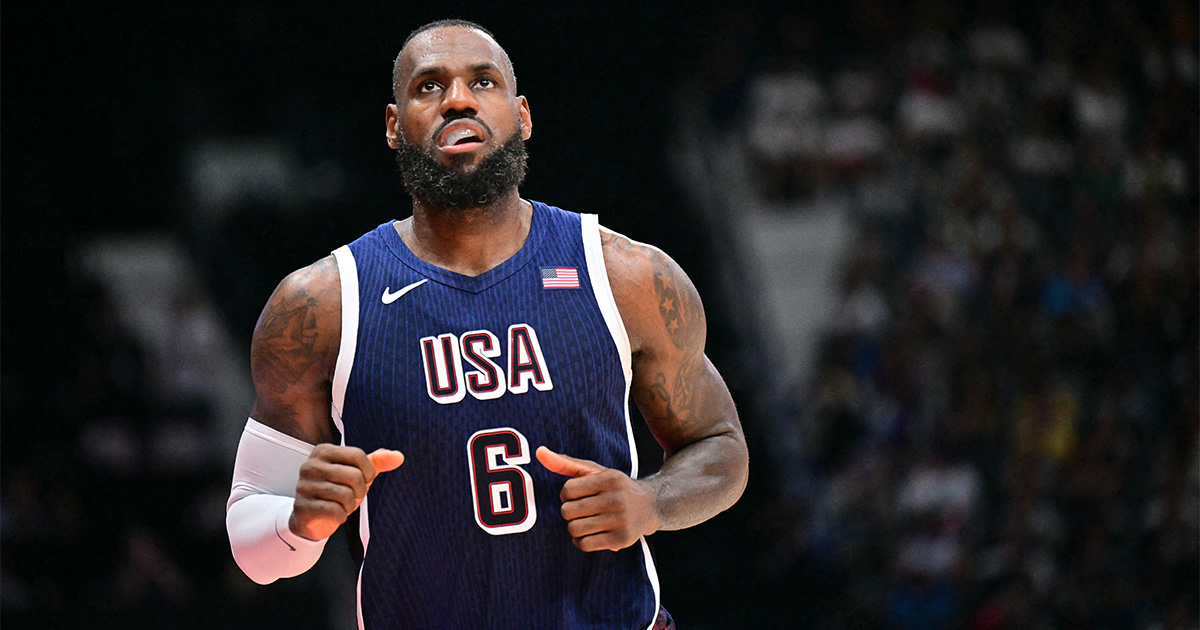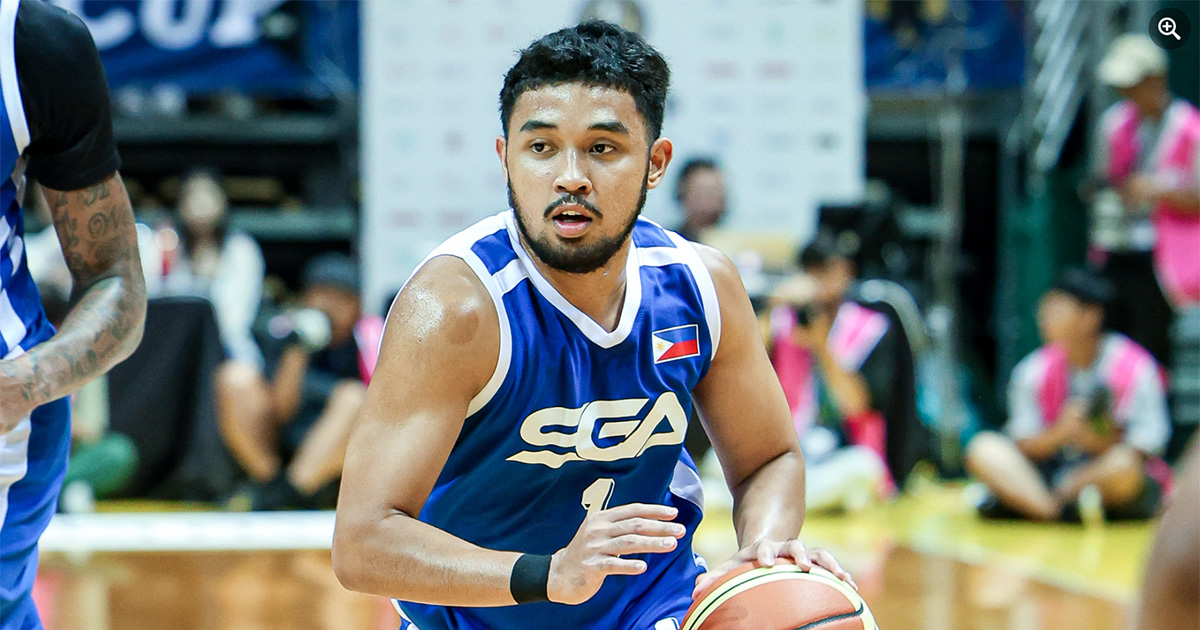The advent of positionless basketball over the past few years has turned big men into an endangered species, with teams nowadays rarely playing two together on the floor with the goal of improved spacing and mobility.
Most teams have shifted towards using a swingman as a power forward, typically with an archetype and skill set that would have been fit for a small forward or even shooting guard as recently as a decade ago.
While many have found success with this approach, the Cleveland Cavaliers and their head coach J.B. Bickerstaff have gone the opposite route. Since taking over in early 2020, he has successfully experimented with lineups featuring three big men.
The first prominent incarnation of which featured Kevin Love, Larry Nance Jr., and Andre Drummond during a fruitful stretch that was only cut short by the pandemic-induced lockdowns of 2020.
Since then, Bickerstaff has continued to deploy these kinds of lineups and now that he has much more to work with, it has produced excellent results. The Cavaliers now start three seven-footers and are currently running sixth in the Eastern Conference with a 24-18 win-loss record.
Jarrett Allen has blossomed into a potential All-Star, averaging 16.9 points on a sublime 69.9% shooting from the field along with 10.9 rebounds and 1.5 blocks per game this season. His ferocious inside game is complemented nicely by the shooting threat that Lauri Markkanen brings to the team.
The biggest reason why it all works, though, is the third member of their starting frontcourt. Evan Mobley, the third overall pick in the most recent NBA Draft, has blown past expectations in his rookie year. He has fit in seamlessly as a nimble seven-footer who already possesses the ability to put the ball on the floor and defend any position at a decent level with his fundamentals-focused approach. Despite his lanky frame, he already has an impressive array of post moves and competes at a high level with the league’s best big men.

Mobley is positionless in every sense of the word, which is what gives them the luxury of playing three seven-footers without giving up much in exchange. He is averaging 14.8 points, 8.1 rebounds, and 1.8 blocks per game and is already looking like the runaway winner for this year’s Rookie of the Year award despite strong campaigns from his fellow freshmen.
On the surface, Bickerstaff’s lineups look like a deviation from the norm, yet the underlying principle that it is built on is the exact same one that birthed the whole small ball revolution in the first place.
When the modern Golden State Warriors won their first title as a group in 2015, they made waves by playing a frontcourt that featured Draymond Green, Harrison Barnes, and Andre Igoudala–all of whom stood between 6’6 and 6’8 and were classified as forwards. The goal was to put their five best players on the court and their discovery that Green could effectively play center paved the way for what was christened the “Death Lineup”.
Cleveland finds itself in a similar situation with regards to balancing personnel, although it instead involves having too many talented power forwards and centers relative to the rest of their available roster. Mobley’s versatility ultimately makes it possible and the shooting of both Markkanen and Love–who has suddenly decided to become one of the best reserves in the league–make it much smoother for them to coexist.
With their backcourt decimated by season-ending injuries to starting shooting guard Collin Sexton and reserve point guard Ricky Rubio, the Cavaliers have been left with no choice but to deploy what was supposed to be a situational lineup into their everyday staple.
Their defense has been elite as a result, only allowing 102.2 points per game which is good for second in the league behind just the Warriors. What is even more impressive is that they also have an Eastern Conference-best 5.1-point differential that is reflective of how consistent they have been this year.

On offense, their front court has fed off the brilliance of Darius Garland who has ably responded to the additional workload entailed by the absence of Sexton and Rubio. In their most recent 111-91 win over the Utah Jazz, the third-year guard recorded his first career triple double by the third quarter and finished with 11 points, 10 rebounds, and 15 assists.
Garland is the little engine that makes it all work for them on that end of the floor. His playmaking talent, coupled with the respect that he has begun to command from opposing defenses, eases things for the rest of their team. He removes the burden of shot creation from them and opens the door for prime scoring opportunities, best evidenced by Allen’s astronomical field goal percentage.
While it may seem like it, this current iteration of Cleveland is by no means reinventing the wheel or turning back the clock with their outsized lineups. Rather, they are embracing the concepts of modern basketball by putting their best players on the court at the same time to give them the best chance to win.
The Cavaliers’ recent success has upped the stakes for them and a playoff berth is already expected from this team. An ahead-of-schedule run to the second round, with a miniscule chance of a surprise Eastern Conference Finals appearance, is now within the realm of possibility. It will be interesting to see how things turn out for this young team over the next few months and how their front office will build around this promising core.
There is still much for them to prove, but this Cleveland team has already shown that multiple seven-footers can still coexist in this league for as long as they have the requisite tools to keep up with the modern NBA.















